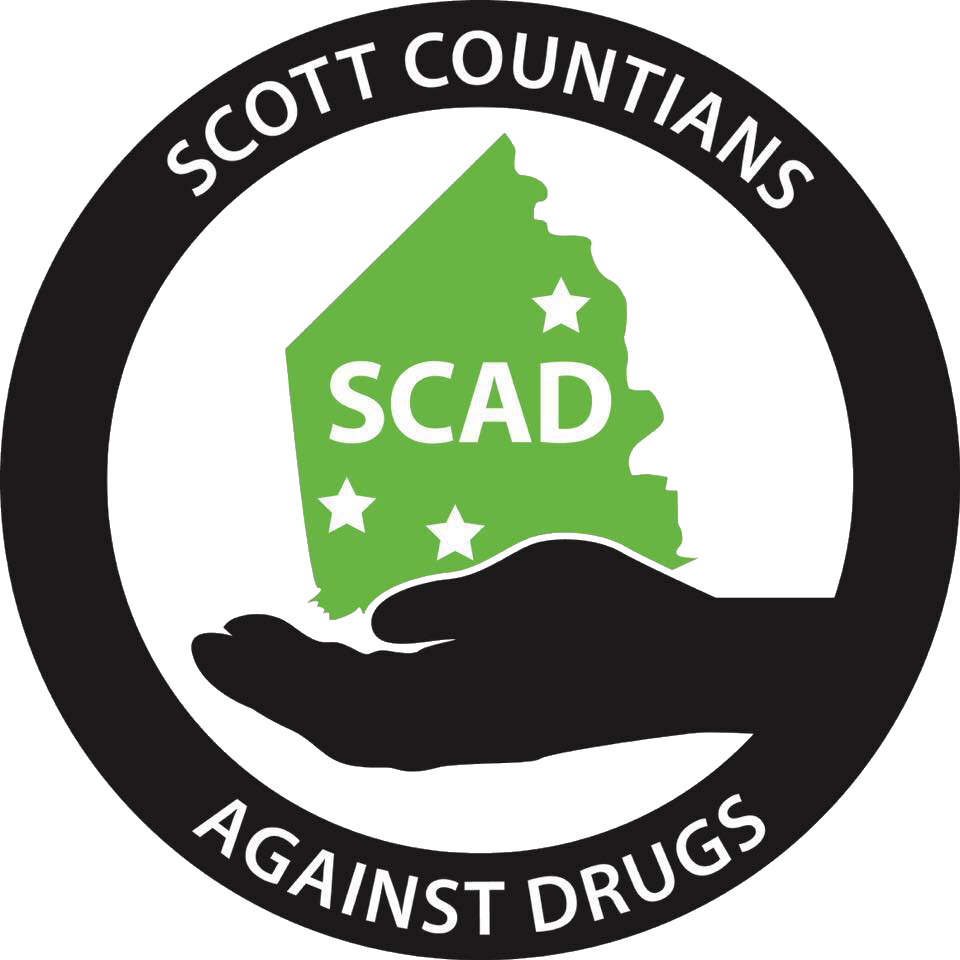More commonly, this drug is used illicitly in forms such as crystal meth.1,2,3 Methamphetamine was originally synthesized from amphetamine in the early 20th century as a treatment for nasal congestion and trouble breathing.1 With the passage of the Controlled Substances Act in 1970, methamphetamine, as well as other stimulants amphetamine and cocaine were placed on Schedule II as drugs with a high potential for abuse which may lead to severe physiological dependence.
The 2019 National Survey on Drug Use and Health estimates that 2 million Americans 12 years or older used methamphetamine in the past year, making it the second most commonly used illicit stimulant.3
Why is Meth so Addictive?
Meth use, like other amphetamines, results in increased activity, decreased appetite, enhanced sociability and talkativeness, and can induce feelings of pleasure and a sense of well-being. A key difference between meth and amphetamines, however, is that greater amounts of the drug pass into the brain when compared with a similar dose of amphetamines, making it a more potent stimulant.
When the drug is smoked or injected, the effects are felt extremely quickly; causing an immediate and intense, but short-lived, rush.1 Snorting or oral ingestion produces effects of euphoria within several minutes but not an intense rush.
These pleasurable effects last longer than cocaine but are still somewhat fleeting, and users often try to maintain the high by taking more of the drug, sometimes foregoing food, sleep and other responsibilities as they binge on the drug over several days.4
Taking meth causes an increase in levels of dopamine, a brain chemical that plays an important role in motivation and the reinforcement of rewards.1,2
Take Our Substance Abuse Self-Assessment
Take our free, 5-minute substance abuse self-assessment below if you think you or someone you love might be struggling with substance abuse. The evaluation consists of 11 yes or no questions that are intended to be used as an informational tool to assess the severity and probability of a substance use disorder. The test is free, confidential, and no personal information is needed to receive the result
Long Term Effects of Meth Use

Using meth can result in dependence and addiction, and can be harmful to your body and mind over time.1,2,5 It creates changes in the brain that can endure for long periods of time—and may be only partially reversible.1,2 Effects of chronic meth use can include:1,2,5
- Anxiety.
- Cardiovascular issues such as heart attack, irregular heartbeat, palpitations, and cardiac arrest.
- Damage to cells in the brain.
- Excessive weight loss and malnutrition.
- Increased risk of stroke and Parkinson’s disease.
- Lung issues such as chronic cough, bronchitis, and pneumonia in people who smoke meth.
- Major dental issues such as gum disease, tooth decay, and loss of teeth.
- Memory loss.
- Mood swings.
- Nasal irritation, nosebleeds, and perforated septum in people who snort meth.
- Seizures.
- Sores on the skin.
- “Track marks” and increased risk of contracting HIV and hepatitis in people who inject meth.
- Trouble sleeping.
- Violent or aggressive behavior.
Signs and Symptoms of a Meth Addiction
Only a physician can diagnose a substance use disorder, but there are various signs, symptoms, and side effects of meth use. To be diagnosed with a stimulant use disorder, you would have to demonstrate at least 2 of the following symptoms within a 1-year period:5
- Experiencing strong cravings for meth.
- Having trouble completing what needs to be done at home, school, or work because of meth.
- Inability to stop using meth, even after it has caused or worsened physical, mental, or interpersonal issues.
- Quitting or cutting back on hobbies as a result of meth use.
- Spending a lot of time getting or using meth or crashing after a binge.
- Taking more meth or using it for longer than planned.
- Using meth in situations that can be dangerous, such as while driving.
- Wanting to cut back or stop using but not being able to.
- Developing a tolerance to the effects of meth, where you need to use more to feel the same effects.
- Experiencing withdrawal symptoms when you stop using meth.
There are some signs of a meth addiction to be aware of if you are worried that you or someone you care about might have an issue with meth. These can include:5,6
- Behavior that is aggressive or chaotic.
- Burns on fingers or lips from smoking, nosebleeds from snorting, or track marks from injecting.
- Changes in eating and sleeping habits.
- Dilated pupils.
- Excessive energy.
- Fast, rambling speech.
- Isolating from friends and family, or spending time with new friends.
- Major changes in behavior that occur quickly.
- Mood swings.
- Scratching at skin enough to cause sores.
- Significant weight loss.
- Talking and moving more than usual.
Anhedonia and Psychosis
High doses and chronic use of meth are associated with two long-term mental health concerns: anhedonia and psychosis.1,3,5,7
Anhedonia is a diminished interest or pleasure in previously enjoyable or rewarding activities.8 It has been theorized that changes in the pleasure and reward centers of the brain as a result of meth use may play a role in protracted anhedonia in former meth users.7
Meth use can also result in psychotic symptoms and drug-induced psychosis, with studies suggesting that those who use intravenously or have a family history of psychosis are at heightened risk.1,5,9 Although psychiatric symptoms typically resolve themselves within a week of abstinence, for some these symptoms may last long after using and may recur in times of stress.1 Signs of psychosis can include:1,2,5
- Delusions, (e.g., receiving messages through the radio or television and convinced they are real.
- Hallucinations (i.e., feeling, hearing, or seeing things that aren’t there, such as being convinced that bugs are crawling under your skin).
- Paranoia.
- Repetitive motor activity.
Meth Addiction Treatment & Rehab
Various forms of effective treatment are available to those with an addiction to meth, and the best meth treatment options depend on each individual.10 The majority of people who are addicted to meth will go through withdrawal, and detox is from meth is a first step prior to treatment.3,5,10 Stimulant withdrawal is typically less physically dangerous than withdrawal from some other substances, such as alcohol, opioids, and sedatives.3 However, methamphetamine withdrawal can produce seizures in some people. Other potential dangers include suicidal ideation and the risk of overdose upon relapse.3
It generally takes about a week for these symptoms to go away, but the timeline for each person’s withdrawal symptoms may vary.3,4,7 Detox should be followed by other forms of treatment that address the behavioral and cognitive issues associated with addiction.7
Treatment can take place in several different settings.7,8 Inpatient rehab or residential treatmentoccurs when you stay at a facility around the clock while receiving counseling and support. Outpatient treatment allows you to live at home and attend pre-scheduled appointments with varying levels of intensity, depending on your needs and progress in treatment.10,11
Does Insurance Cover Meth Addiction Treatment?
Yes, plenty of meth rehab centers accept various forms of in-state and out-of-state insurance plans. To find out whether or not your insurance will cover the full or partial cost of your treatment, simply provide your insurance information in the form below and an American Addiction Centers admissions navigator will inquire on your benefits.
Therapy for a Meth Addiction
Behavioral therapy is effective in treating meth addiction.1,2 Some behavioral therapy techniques that are commonly used in treatment may include:1,2,10
- Cognitive-behavioral therapy, a treatment to prevent relapse by increasing awareness of high-risk situations, developing coping skills, changing harmful behaviors, and managing cravings.
- Contingency management interventions/motivational incentives, in which tangible rewards reinforce positive behaviors such as attending treatment sessions and not using. As you stay sober, the rewards may increase in value.
- The Matrix Model, which incorporates behavioral therapy, individual therapy, family therapy and education, encouragement to participate in 12-step meetings, drug testing, and positive reinforcement of desirable behaviors such as avoiding substance use and attending treatment.12
Sources
- National Institute on Drug Abuse. (2019). Methamphetamine research report.
- National Institute on Drug Abuse. (2019). DrugFacts: Methamphetamine.
- Center for Substance Abuse Treatment. (2015). Detoxification and substance abuse treatment. Treatment Improvement Protocol (TIP) Series, No. 45. HHS Publication No. (SMA) 15-4131. Rockville, MD: Center for Substance Abuse Treatment.
- National Institution on Drug Abuse. (2019). How is Meth Misused?
- American Psychiatric Association. (2013). Diagnostic and statistical manual of mental disorders (5th ed.). Arlington, VA: American Psychiatric Publishing.
- National Institute on Drug Abuse. Meth (crank, ice) facts.
- Leventhal, A.M., Brightman, M., Ameringer, K.J., Greenberg, J., Mickens, L., … & Sussman, S. (2010). Anhedonia associated with stimulant use and dependence in a population-based sample of American adults. Experimental and Clinical Psychopharmacology, 18(6), 562-569.
- Rawson R. A. (2013). Current research on the epidemiology, medical and psychiatric effects, and treatment of methamphetamine use. Journal of food and drug analysis, 21(4), S77–S81.
- National Institute on Drug Abuse. (2018). Principles of drug addiction treatment: A research-based guide (Third edition).
- Substance Abuse and Mental Health Services Administration. (2017). Treatment Episode Data Set (TEDS): 2005-2015. National admissions to substance abuse treatment services. BHSIS Series S-91, HHS Publication No, (SMA) 17-5037. Rockville, MD: Substance Abuse and Mental Health Services Administration.
- National Institute on Drug Abuse. (2018). The Matrix Model.
- National Institute on Drug Abuse. Treatment and recovery.
- Substance Abuse and Mental Health Services Administration. (2020). Key substance abuse and mental health indicators in the United States: Results from the 2019 National Survey on Drug Use and Health. Rockville, MD: Center for Behavioral Health Statistics and Quality, Substance Abuse and Mental Health Services Administration.

